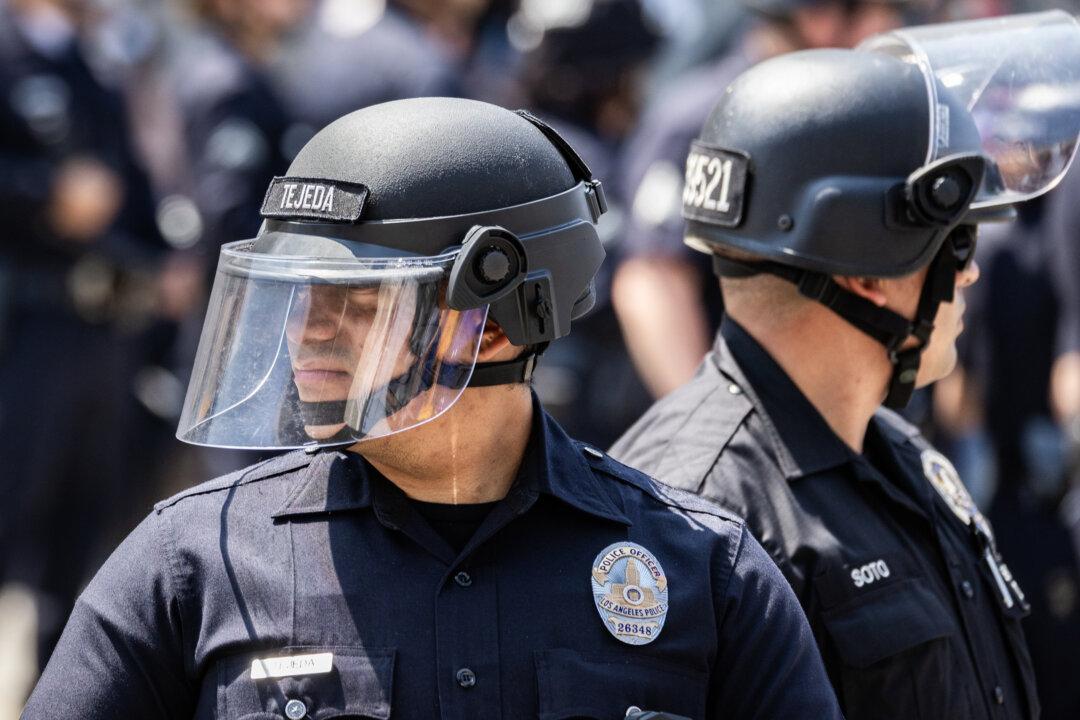LOS ANGELES—The rate of overdose deaths among U.S. teenagers nearly doubled in 2020, the first year of the coronavirus pandemic, and rose another 20 percent in the first half of 2021 compared with the 10 years before the pandemic, even as drug use remained generally stable during the same period, according to new research announced on April 12 by University of California–Los Angeles (UCLA).
It is the first time in recorded history that the teen drug death rate has seen an exponential rise, said lead author Dr. Joseph Friedman, an addiction researcher and Ph.D. candidate at the David Geffen School of Medicine at UCLA.





